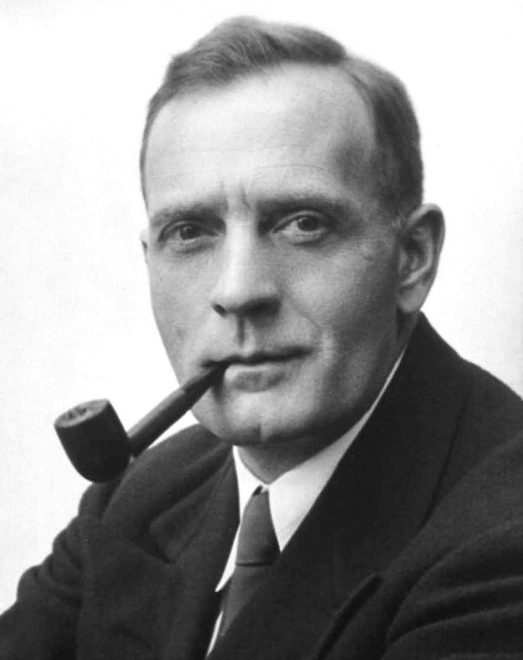The man (and a woman, and a high-school dropout) who discovered the expanding universe
Published 7:03 pm Sunday, November 10, 2024

- A BRILLIANT MIND: Edwin Powell Hubble, the man who discovered the vastness of the universe, and its ongoing expansion.
By Randy Rhea
Edwin Powell Hubble was born on November 20, 1889, in Marshfield, Missouri. In high school he was known for his sports prowess. He led the University of Chicago basketball team to their first Big Ten title in 1907. Hubble studied mathematics, astronomy, and philosophy at Chicago. However, honoring his father’s wishes, Hubble studied law at the Queen’s College, Oxford. His father died in 1913, and Hubble returned home from England to care for his mother and siblings. Rather than practicing law, Hubble taught high school physics, mathematics, and coached basketball.
Fewer than 100 years ago, astronomers felt our Milky Way was the entire universe. If you peer at the Milky Way through household binoculars, you’ll see it contains millions of stars. The actual count is 100 to 400 billion stars. The exact number is uncertain, as summed up by the 500-year-old phrase “you can’t see the forest for the trees.”
But your binoculars reveal other objects, like the Great Orion nebula, a giant gas cloud electrified by hot, newborn stars within the cloud. Your binoculars also reveal other small light smudges, often spiral shaped. Many astronomers felt these spiral nebulae were new star systems in the process of forming. The most prominent of these spirals is the Andromeda nebula which is barely visible without binoculars.
Step back in time to 1912, and you’ll find Henrietta Leavitt working at the Harvard College Observatory. The financially independent Leavitt initially worked for free, but later was paid. As a woman, she couldn’t use the observatory’s telescope. Rather, she studied photographic plates taken with Harvard’s Boyden Station Observatory in Peru. Leavitt made a ground-breaking discovery. She found many examples of pulsating stars and realized the rate they pulsated was related to how bright they were. These Cepheid variables became “standard candles” for measuring distance in the heavens.
Twelve years later our hero, Hubble, discovered Cepheid variables in the Andromeda nebula. He used the newly-completed Hooker telescope on Mount Wilson. Hubble discovered that the Andromeda nebula was much too far to be within our Milky Way. In fact, the Andromeda nebula was another galaxy, in some ways similar to the Milky Way. Galaxies as islands of star systems in a bigger universe was initially imagined by the German philosopher Immanual Kant in the 18th century. This theory was not in the mainstream until Hubble proved the universe is far vaster than previously imagined. These spiral “nebulae” then became known as galaxies.
But Hubble wasn’t finished. Milton Humason, a high school dropout, worked his way from Mount Wilson janitor to Hubble’s assistant. Together, they used Cepheids to measure the distance to 24 different galaxies. They also measured Doppler red-shift to measure the velocity of galaxies relative to us. Hubble discovered a critical fact. The farther a galaxy is from us, the faster it recedes from us. The natural conclusion is an expanding universe. Hubble found expansion difficult to accept even late in life. He felt some explanation other than expansion would be found. Einstein paid Hubble a visit to convince him of expansion, apparently to no avail. Today, astronomers universally accept expansion. The expansion isn’t as simple as our feeble minds comprehend. But that’s a subject of another column.

